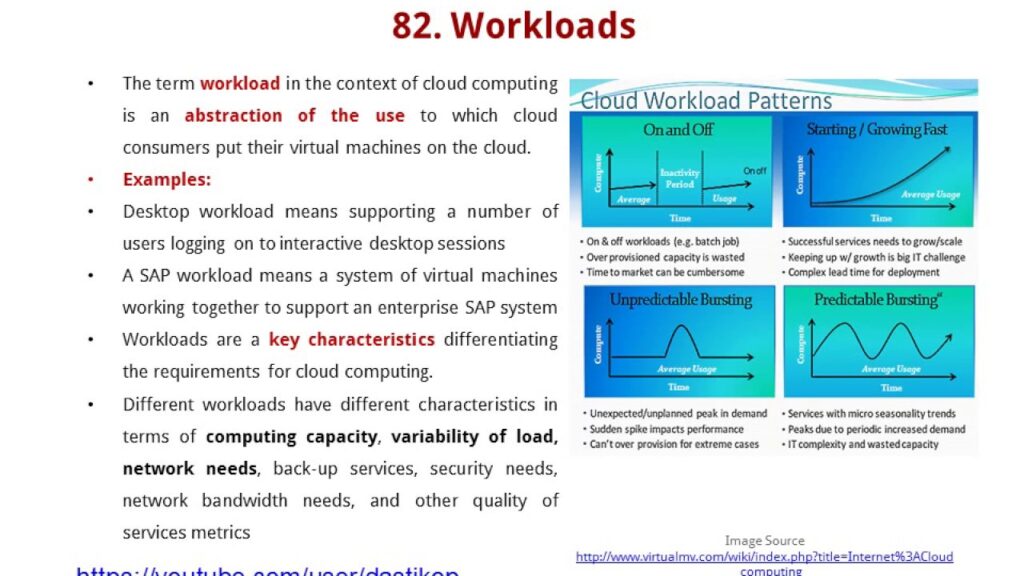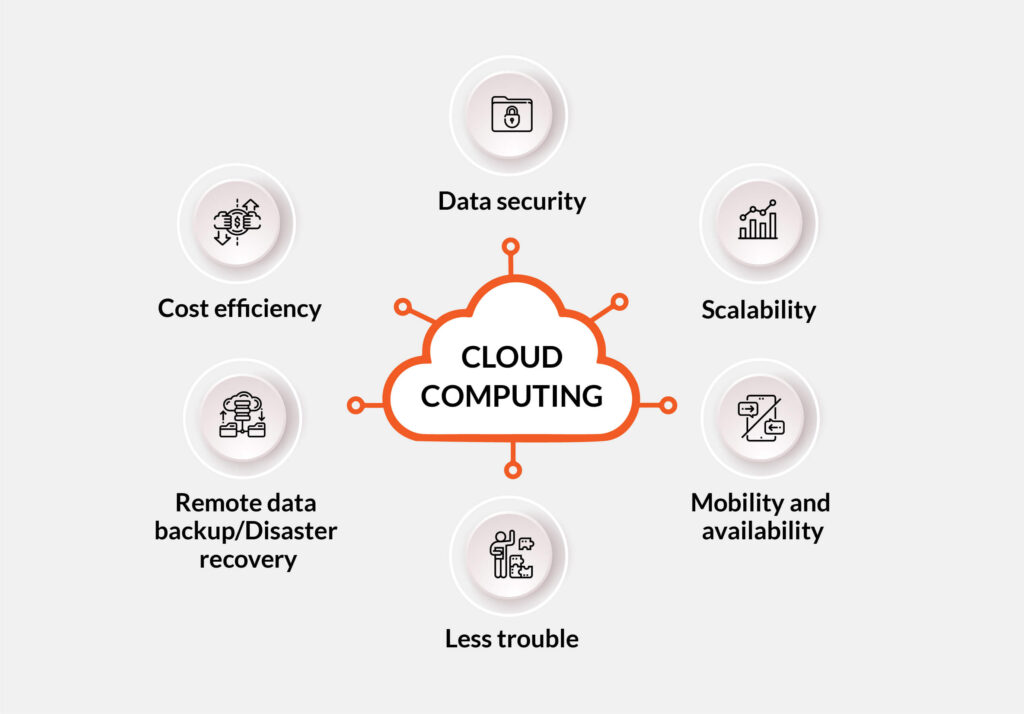Cloud computing has become one of the most talked-about topics in recent years, and for good reason. As technology continues to advance, businesses and individuals alike are finding themselves with more data than ever before. This data needs to be stored and processed in a secure and efficient way, which is where cloud computing comes in. By utilizing cloud services, businesses can free up valuable resources and focus on what they do best, while still maintaining a secure and reliable infrastructure.
One of the biggest problems that cloud computing solves is the issue of scalability. Traditional IT infrastructure can be costly to set up and maintain, and it can be difficult to scale as demand increases. With cloud computing, businesses can easily add or remove resources as needed, allowing them to quickly and efficiently respond to changing demands. Additionally, cloud services often offer built-in redundancy and failover capabilities, ensuring that data is always accessible, even in the event of a hardware failure or other disruption. Overall, cloud computing provides businesses with the flexibility and scalability they need to stay competitive in today’s fast-paced digital landscape.

What is Cloud Computing?
Cloud computing is the practice of using a network of remote servers hosted on the Internet to store, manage, and process data, rather than a local server or a personal computer. It allows organizations to access their data and applications from anywhere, at any time, without having to worry about complex hardware or software.
What Problems Does Cloud Computing Solve?
Cloud computing can help organizations solve a variety of problems, from reducing costs to increasing productivity. Here are some of the most common problems that cloud computing can help address:
Cost Savings
Cloud computing can help organizations reduce their costs by eliminating the need to invest in expensive hardware and software. With cloud computing, organizations can access the same services and applications they would have to purchase and maintain on their own, but at a fraction of the cost. Additionally, cloud computing can help organizations save on operational costs, such as electricity and data center maintenance.
Flexibility and Scalability
Cloud computing also provides organizations with greater flexibility and scalability. Organizations can easily and quickly scale up or down their resources depending on their needs. This allows organizations to react quickly to changes in the market, such as seasonal fluctuations or unexpected business growth. Additionally, cloud computing allows organizations to access their applications and data from any location, giving them the freedom to work from anywhere.
Enhanced Security
Cloud computing can also help organizations improve their security. By using cloud services, organizations can ensure that their data and applications are protected from unauthorized access, malicious software, and other risks. Additionally, cloud providers often have teams of experts dedicated to security, meaning organizations don’t have to worry about managing their own security measures.
Increased Productivity
Finally, cloud computing can help organizations increase their productivity. By eliminating the need to manage their own hardware and software, organizations can focus their resources on other areas of the business. Additionally, cloud computing can help organizations access the latest tools and technologies, allowing them to stay competitive in the ever-changing business world.
Frequently Asked Questions
Cloud computing is a technology that allows users to access their data from any device with an internet connection. It solves many problems that businesses face when it comes to data storage, collaboration, and scalability.
What problems does cloud computing solve?
Cloud computing solves many problems by providing users with access to their data from any device, anytime, anywhere. It eliminates the need for businesses to invest in expensive hardware and software, as cloud computing provides users with the ability to access their data from any device with an internet connection. It also provides businesses with the ability to collaborate on projects in real-time, regardless of location, and to quickly scale their business as needed.
Cloud computing also solves the problem of data storage. Businesses no longer need to invest in physical servers, as their data can be securely stored and accessed in the cloud. This allows businesses to save time and money, as they can access their data with ease, and can easily transfer data between different devices and locations. Additionally, cloud computing provides businesses with the ability to back up their data in the event of an emergency or data loss. This ensures businesses always have access to their data, no matter what.

In conclusion, cloud computing has revolutionized the way businesses and individuals store and access their data. It has eliminated the need for physical storage devices and has provided a more efficient and cost-effective solution. Cloud computing has also solved the problem of data security and backup, ensuring that data is safe and can be easily recovered in case of any mishap.
Moreover, cloud computing has made it possible for businesses to scale up or down their IT infrastructure based on their needs. This has made it easier for small businesses to compete with larger ones and has provided a level playing field for everyone. Cloud computing has also solved the issue of software licensing and maintenance, as everything is managed by the cloud provider. It has made it easier for businesses to access the latest software and technologies without having to purchase them outright, thus reducing costs and increasing efficiency. Overall, cloud computing has solved numerous problems that businesses and individuals have faced for years and has become an indispensable tool in today’s digital world.



